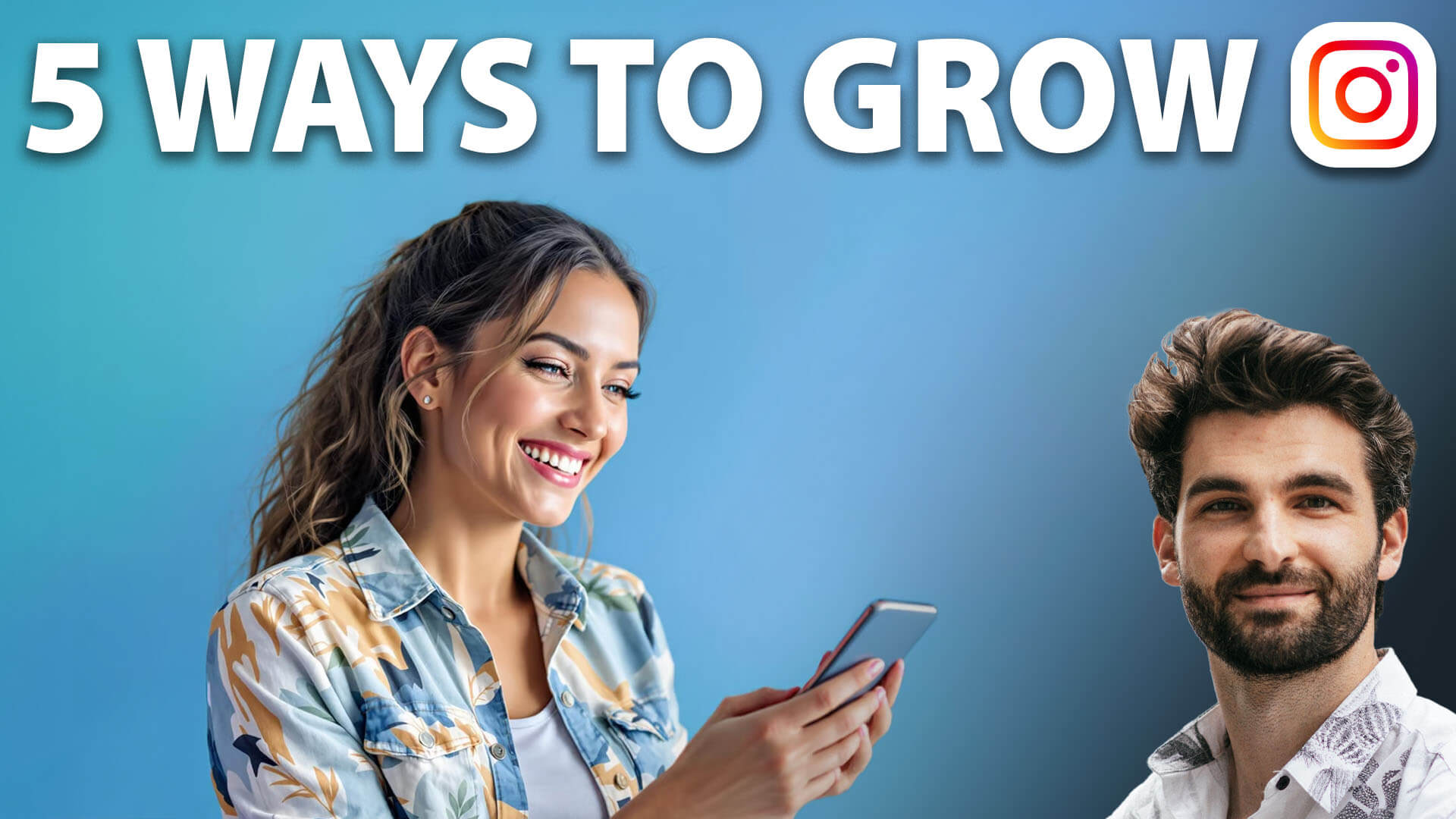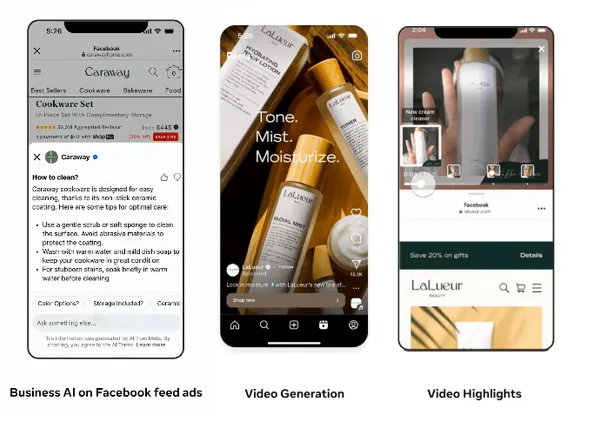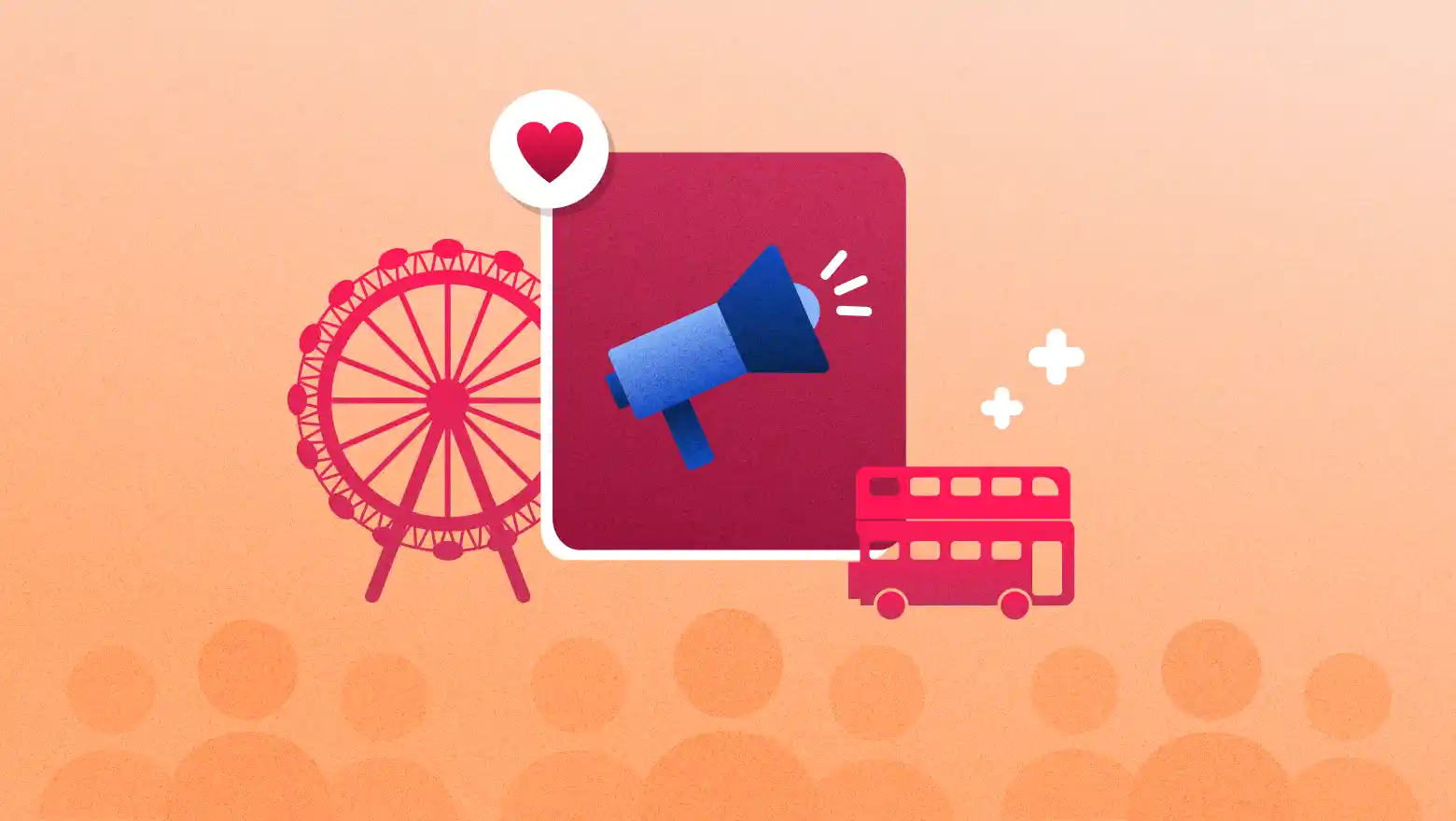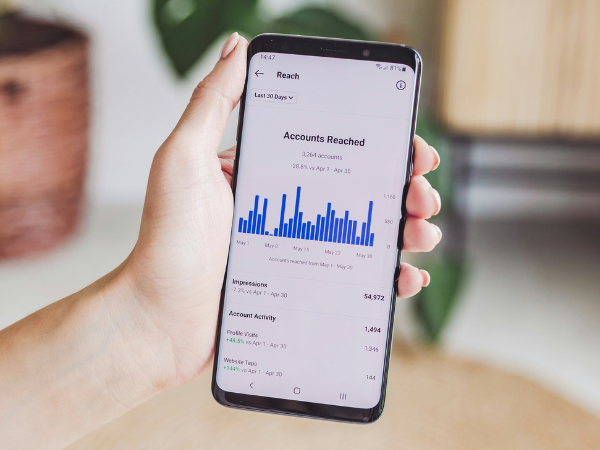6 Insights for Creators from SXSW London
I recently attended SXSW London – here are my top insights for creators.
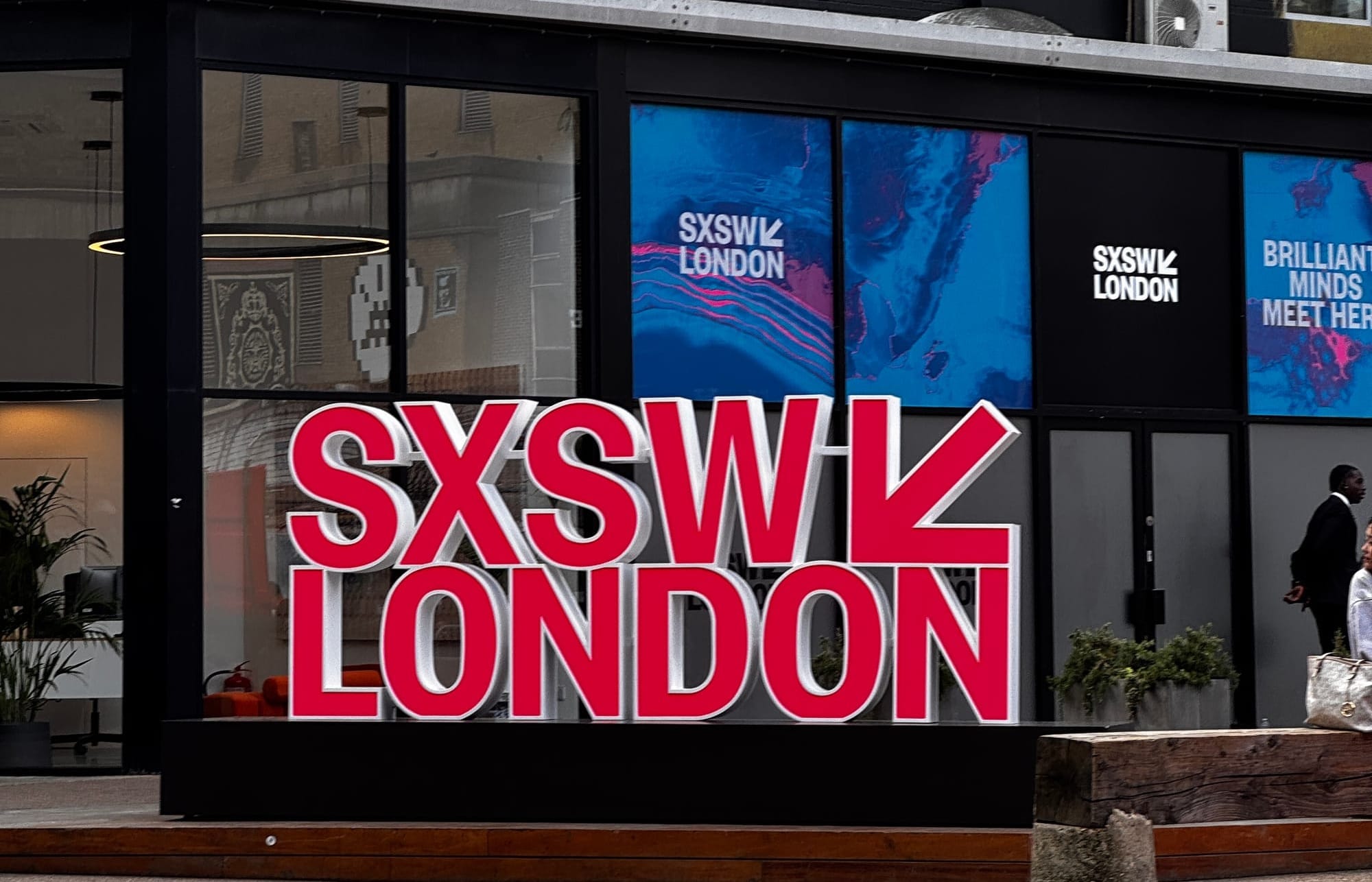

I recently hopped a six-hour flight from Lagos to attend my very first international conference: SXSW London. Full disclosure — I had no idea what I was walking into.
You might know South by Southwest from its annual Austin takeover: wall-to-wall tech demos, indie film premieres, breakout music acts, and enough brand activations to fill a small city. Since launching in 1987, it’s become synonymous with creative experimentation and culture-shaping ideas.
This year, the organizers packed that same energy into the London neighborhoods of Shoreditch and Hoxton for the festival’s first-ever European edition earlier in June.
I went in with two simple goals:
- Learn from the people who are building the creator economy.
- Connect with other creators and marketers.
The reality was a bit more nuanced. Queues fo rsessions snaked around the block, venue-hopping required a crash course in the London transportation system, and I definitely missed more sessions than I attended.
But the rooms I did squeeze into delivered deep-dive panels on the future of AI, brutally honest talks about pay for creators, and conversations that rewired how I think about content creation and career longevity as a marketer.
My main takeaway? The creator economy isn't just about influencers anymore. It's about anyone using the internet to make their work visible, build an audience, and create sustainable income streams. If you've ever posted about your expertise, pitched yourself via LinkedIn, or wondered how to turn your knowledge into revenue, these insights are for you.
1. Audiences crave presence over polish — and your "rough drafts" might be your best content
Audiences tend to scroll past perfect, studio-level posts and stop on anything that feels real and in-the-moment.
"People don’t open Instagram looking for a billboard — they’re looking for someone to hang out with." — Charlotte Stavrou, SevenSix Agency
- Behind the scenes outperforms highlight reels. Charlotte Stavrou, founder of SevenSix Agency, said her client, who has 15,000 Instagram followers, routinely outdoes creators with six-figure followings in engagement because she posts raw, day-to-day snippets — not glossy shoots.
- Brands are now briefing for imperfection. Max Fosh told the Think Like a Creator crowd that shaky, hand-held clips of his filming process spark more comments than his fully produced pieces — and clients have started requesting that vibe on purpose.
- Lo-fi content signals trust, not sloppiness. Several speakers noted that bad audio, and shaky camera clips signal that a human made a piece of content which in turn cues engagement.
What does this mean in practice?
If you’re a creator
- Show the process: post rough sketches, messy whiteboards, or bloopers.
- Narrate in real time with captions like “Testing two intros, tell me which one resonates.”
- Leave minor flaws — shaky footage or your “ums” and “ahs” make content relatable.
If you’re a brand
- Rethink the brief: if you want “authentic,” skip the studio-lighting requirements.
- Measure conversation (saves, shares, thoughtful comments) alongside reach.
- Budget for multiple touchpoints — teaser, main post, follow-up Q&A — so the story feels organic.
Quick exercise
Share one unpolished “work-in-progress” clip this week. Track saves, shares, and meaningful comments for seven days, then compare with your last polished upload.
2. Brands want authenticity but need better ways to measure it
Panelists pointed out that brands love the word authentic yet still judge a campaign by follower count and double-taps.
"Creators will deliver when there’s a single bull’s-eye, but if the brief says, ‘Mention us in the first 30 seconds, stay 100% authentic, go viral and drive all the week-one sales,’ you’ve given us four different targets — and nobody hits a bull’s-eye on four targets at once.” — Callux, YouTuber
- Mis-matched metrics: Charlotte Stavrou described pitching a creator with stellar click-through data only to be asked, “But is 80 % of her audience in the UK?”—ignoring that most of the buyer traffic actually came from the U.S.
- One-post verdicts: Comedian Grace Campbell shared a deal that fizzled because a brand expected instant sales from a single Reel. (“A warm-up story? Not in the budget.”)
- Billboard mindset: Max Fosh joked that some briefs read like: We bought 60 seconds of your video — please treat it like a Times Square screen.
What does this mean in practice?
If you’re a creator
- Define success upfront: ask the brand to pick two top metrics (awareness, engagement, conversions).
- Explain your data and why it’s valuable: audience geography, repeat viewers, typical conversion window.
- Pitch a mini-funnel (teaser → main post → recap) and price the whole journey.
- Collect your receipts — screenshots of DMs or long comments that show the depth of connection your audience has to your content.
If you’re a brand
- Audit briefs: does the measurement match the request for “authentic” content?
- Pick clear goals before filming starts; let the creator optimise for them.
- Budget for warm-up content — cold audiences rarely buy on day one.
- Track sentiment (questions, purchase mentions) as seriously as you track likes.
Quick exercise
Pull up your last sponsored post. Categorise the first 20 comments into:
- Emojis / “Love this!”
- Real questions or stories
- Purchase intent (“Just ordered!”)
If Category 1 dominates, your next partnership needs a warmer build-up—or clearer metrics—before anyone calls it a win.
3. Virality is nice, but trust is what sticks
Quick wins feel good, but long-term trust is the real growth engine.
“Audiences want to support creators, absolutely, but they need to feel it’s real.”— Max Fosh, YouTuber.
- Creators are passing on misaligned projects, even if they pay well. In Think Like a Creator, Callux said he skips well-paid briefs that feel off-brand: “One mismatched ad can undo months of goodwill.”
- Brands undervalue runway. Panels on pay revealed deals cancelled after a single post didn’t “move numbers,” ignoring that community buy-in takes time.
- Even the AI keynote agreed. Deepak Chopra called trust the scarce resource in our increasingly automated industry.
What does this mean in practice?
If you’re a creator
- Pitch campaigns as a mini-series (teaser, main post, follow-up Q&A).
- Add a line explaining why you use a product, not just that you do.
- Track loyalty through returning viewers, repeat buyers, thoughtful DMs — alongside reach.
If you’re a brand
- Plan at least two or three creator touchpoints; trust compounds over time, so one post often isn’t enough.
- Ask for audience sentiment screenshots, not just impressions.
- Give creators control of pacing — they know when their community is ready for a CTA.
Quick exercise
For your next partnership, run it as a two-step sequence:
- Warm-up: story or Reel teasing the product/problem.
- Main post: the sponsored piece, plus a pinned comment inviting questions.
Compare meaningful replies (questions, purchase intent) to your last one-and-done ad. A deeper thread means you’re building trust, not just traffic.
4. AI won’t take your job — but it will change how you do it
AI popped up in almost every session, yet the consensus stayed grounded: the tech removes friction; it doesn’t replace the creator.
“AI can make you faster; it just can’t make you you.” — David Page, Founder at Viewture
- Speed over substitution. In How Companies and Talent Are Evolving, panelists rattled off use-cases — auto-captions, script outlines, multi-language dubbing — that shave hours but don’t take over your unique voice.
- Human intuition still wins. At Think Like a Creator, speakers agreed the best-performing posts hinge on timing, nuance, and tone — instincts that no LLM (large language model) can fake.
- Creators are at risk of sameness. Grace Campbell warned that over-reliance on AI flattens personality: “If ChatGPT writes everyone’s jokes, everyone tells the same punchline.”
What does this mean in practice?
If you’re a creator
- Aim AI at tasks that feel like chores: captions, rough drafts, thumbnail ideas.
- Feed it your past posts so the output echoes your voice.
- Double-check cultural nuance or humour—models still miss tone.
If you’re a brand
- Expect creators to use AI in their workflow — judge them on insight, not keystrokes.
- Don’t brief for “AI-generated content.” Fast output is pointless if it feels generic.
- Ask how the creator keeps their voice while speeding delivery.
Quick exercise
Pick one repetitive task — say, 60-second captions.
- Time yourself doing it manually.
- Run the same clip through an AI caption tool, then lightly edit for tone.
- Compare minutes saved. Spend that reclaimed time replying to comments or refining the hook.
If the post lands the same (or better) and you saved 15 minutes, keep the tool; if the captions feel off-brand, scrap it. You want to be more efficient and editing prompts may not be the most effective way to do that.
5. Creators are now small-business owners
Today’s successful creators think like founders, not freelancers.
“You’re not hiring a person for one post, you’re partnering with a company.” — Liam Parkinson, Co-Founder at inflverse
- Multi-hyphenates are the norm. Grace Campbell juggles stand-up, a podcast, and a self-funded TV pilot. Callux runs a sneaker label alongside YouTube.
- Profit and loss statements over popularity. Future’s CEO said full-time creators now seek growth capital the way startups do — hiring editors, renting studios, even financing feature-length docs.
- Diversification beats virality. Alex Segal (founder at Intertalent) described it as “ten lanes at 110 km/h” — when ad CPMs dip, courses, live shows, or licensing carry the load.
What does this mean in practice?
If you’re a creator
- Map your revenue pillars. Aim for at least three (brand deals, digital products, community subscriptions, live events).
- Track costs, not just cash-in. Software, gear, freelancers—all hit margin. Know your monthly burn.
- Protect your IP early. Register trademarks, lock down usage rights, store raw files—future licensing depends on clear ownership.
- Invest in systems before scale. Simple SOPs for editing, posting, and customer support beat scrambling after a viral spike.
If you’re a brand
- Treat outreach like a B2B deal — expect scopes, timelines, and debriefs.
- Budget for longer collaborations; shared upside (affiliate, revenue sharing) often outperforms flat fees.
- Acknowledge the creator’s back-office team — project managers, editors, community mods — and pay for that infrastructure.
6. The creators who last rely on systems, not spur-of-the-moment hustle
Longevity comes from building routines that make posting predictable and protect creative energy.
“A good system beats a good mood. If I only created when motivated, I’d publish once a month.” — Max Fosh
- Batch, then breathe. Speakers in Think Like a Creator compared notes on filming several videos in a single block, then scheduling releases.
- Set clear “off” windows. A few creators mentioned taking a regular screen-free day (weekly or bi-weekly) to reset, even during launch cycles.
- Checklists over guesswork. Several talked about simple templates—file-naming rules, caption formats, export presets—that turn every new project into a rinse-and-repeat flow.
What does this mean in practice?
If you’re a creator
- Lock in a cadence you can keep. Decide how many posts fit your life, block that time on the calendar, and treat it like client work.
- Document your workflow once so you can always repeat it. Note your file structure, editing steps, preferred caption styles so that every piece starts at step three, not step zero.
- Batch and bank your content. Record or draft multiple pieces in one sitting; schedule them so travel or low-energy days don’t break your streak.
- Review monthly. Automate, delegate, or drop any step that still feels heavy.
If you’re a brand
- Ask about the creator’s production rhythm, and respect it. Short-notice briefs can break the system (and the relationship).
- Provide assets — logos, product shots, key messages — in one tidy folder to slot straight into their workflow.
- Measure consistency as much as spikes; a reliable creator partnership outperforms a single viral hit in the long run.
Quick exercise
On your next post, time each step from idea to publish. Build a mini-checklist in Notion or Google Docs, then follow it on the next piece. If you cut even 20 % off the total time, lock that checklist in as your new standard operating procedure.
Your next post could be your best one yet
SXSW London was a reminder that no one — creators or brands — needs more pressure to post. What we need are sharper questions, clearer systems, and better signals for what’s actually working.
Whether you’re a creator rethinking success metrics or a marketer experimenting with new partnership formats, the smartest moves aren’t always the flashiest. They’re the ones that make it easier to keep going.
Whether it’s rethinking how you measure success, experimenting with new formats, or finally building a workflow that protects your energy — the best moves aren’t always the flashiest. They’re the ones who make it easier to keep going.
If you’re feeling inspired to try something new after reading this, here are a few quick experiments to kickstart your next post:
- Try posting a carousel instead of a single image or video
- Repurpose a top-performing post with a new hook or format
- Share an in-progress idea and ask your audience what they think
- Batch-create three posts in one sitting and schedule them in Buffer
- Create a “Trial Reel” to test a new idea without risking your reach
And if you’ve already tried something from this list — or plan to — I’d love to hear how it went. You can find me on Threads, or come say hi in the Buffer Discord.
Remember: your next post doesn’t need to be perfect — it just needs to move you forward.
















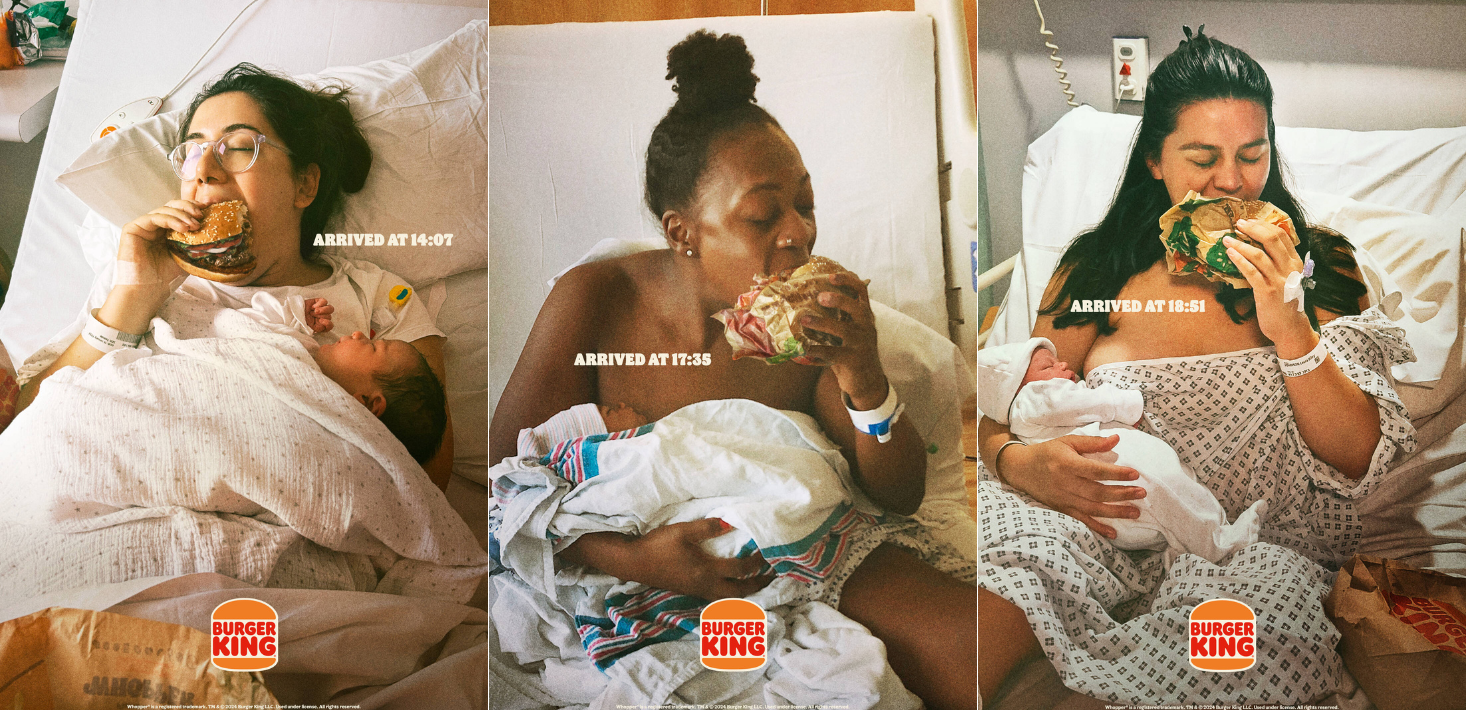
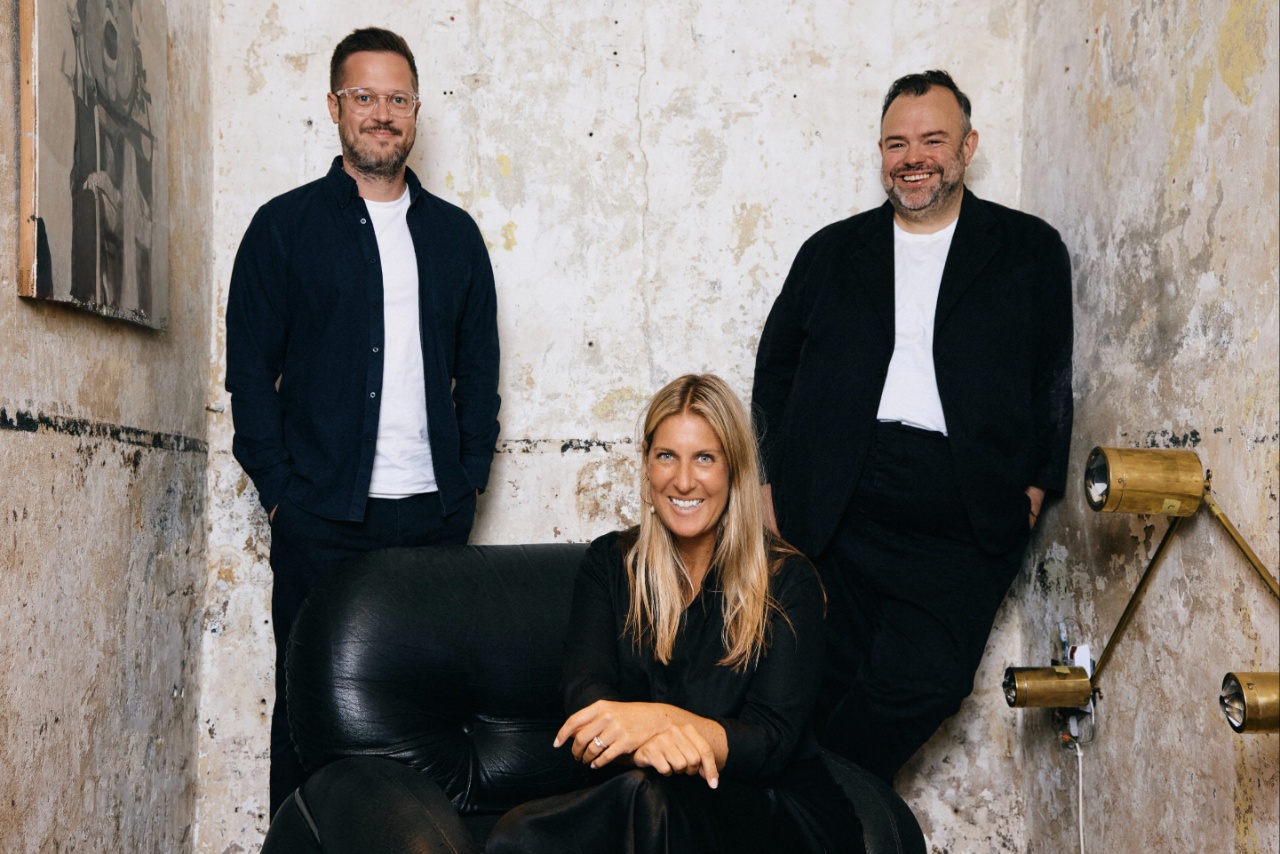
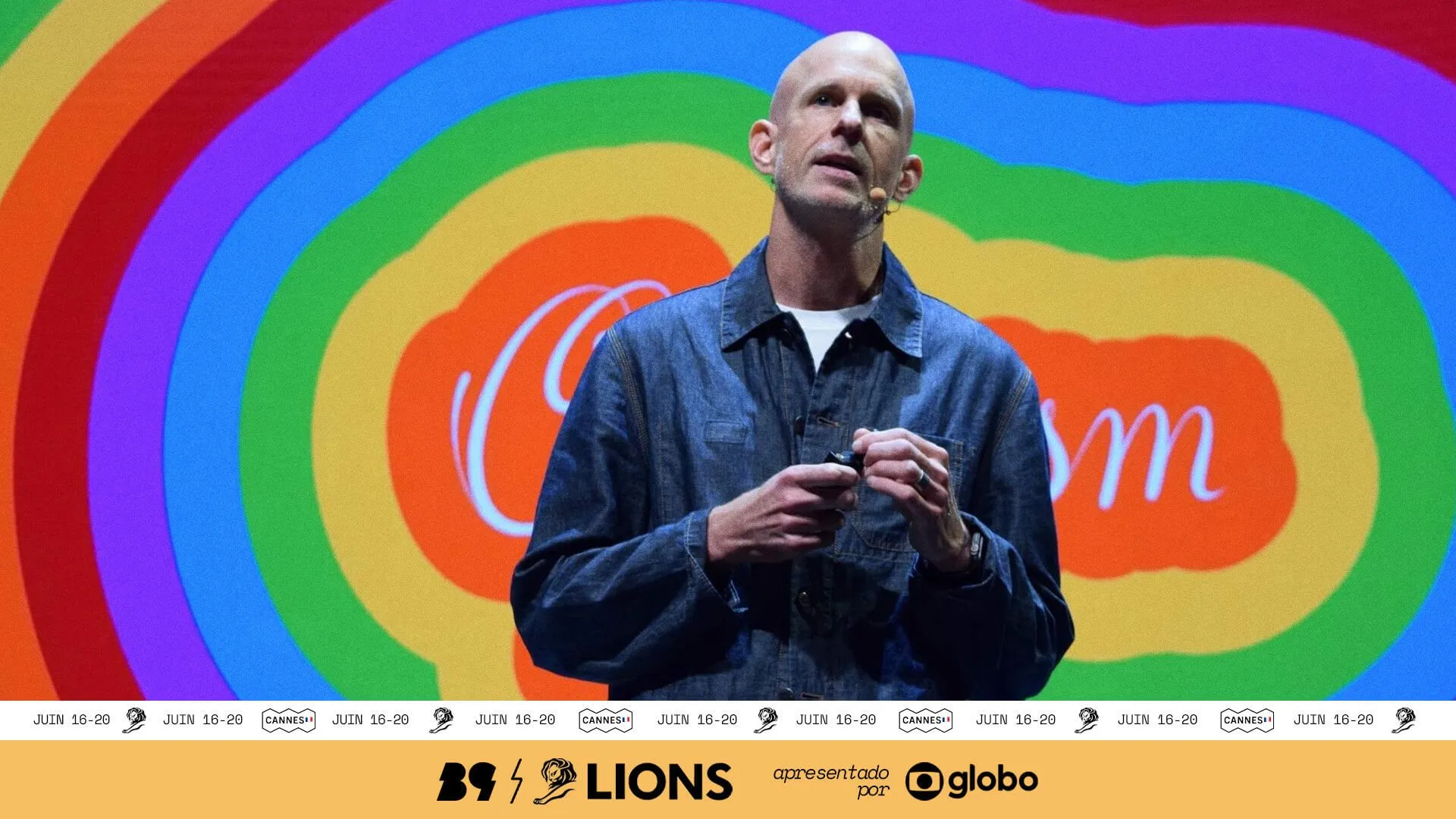






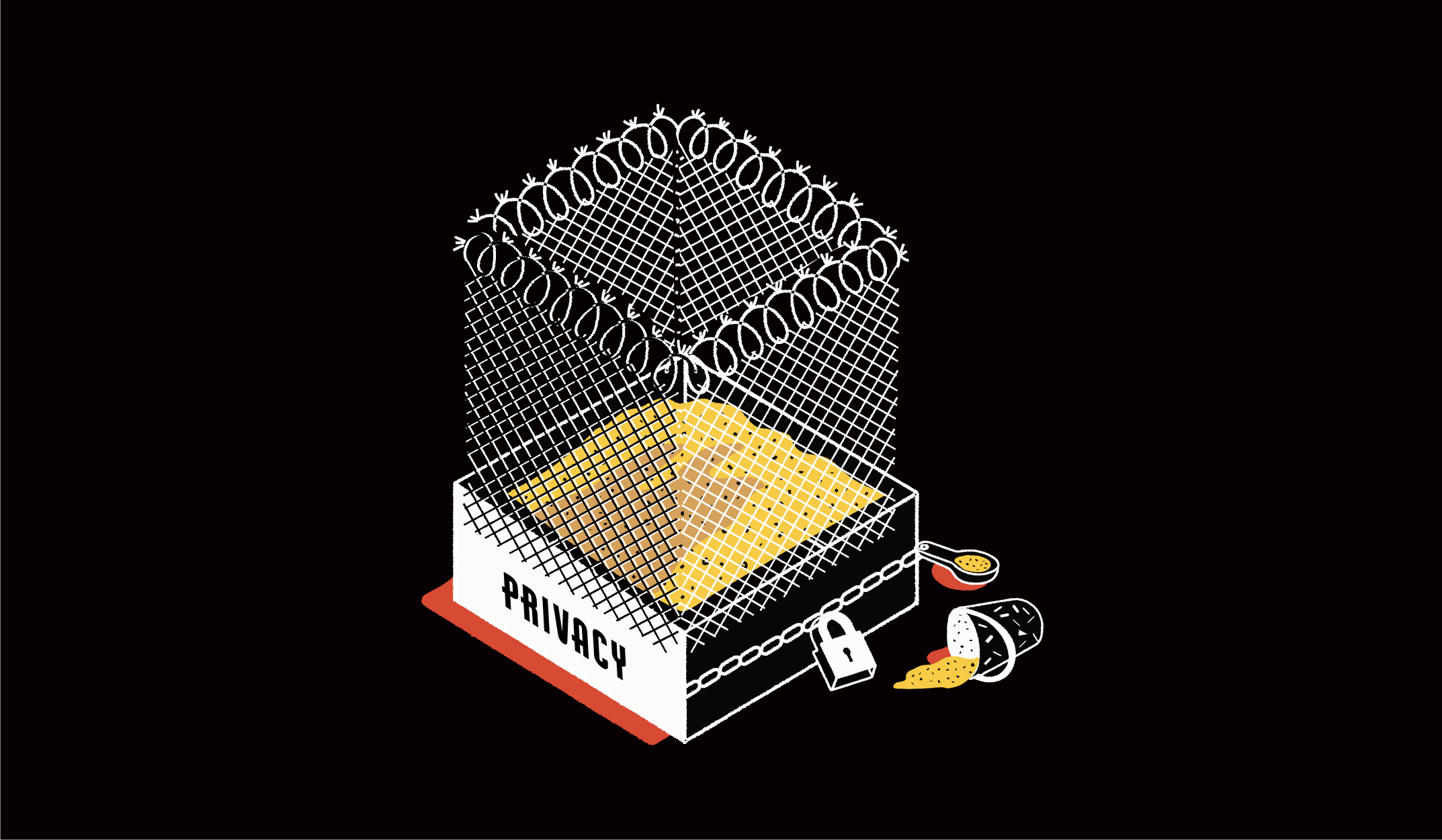

![Brand and SEO Sitting on a Tree: K-I-S-S-I-N-G [Mozcon 2025 Speaker Series]](https://moz.com/images/blog/banners/Mozcon2025_SpeakerBlogHeader_1180x400_LidiaInfante_London.png?auto=compress,format&fit=crop&dm=1749465874&s=56275e60eb1f4363767c42d318c4ef4a#)

![How To Launch, Grow, and Scale a Community That Supports Your Brand [MozCon 2025 Speaker Series]](https://moz.com/images/blog/banners/Mozcon2025_SpeakerBlogHeader_1180x400_Areej-abuali_London.png?auto=compress,format&fit=crop&dm=1747732165&s=beb7825c980a8c74f9a756ec91c8d68b#)
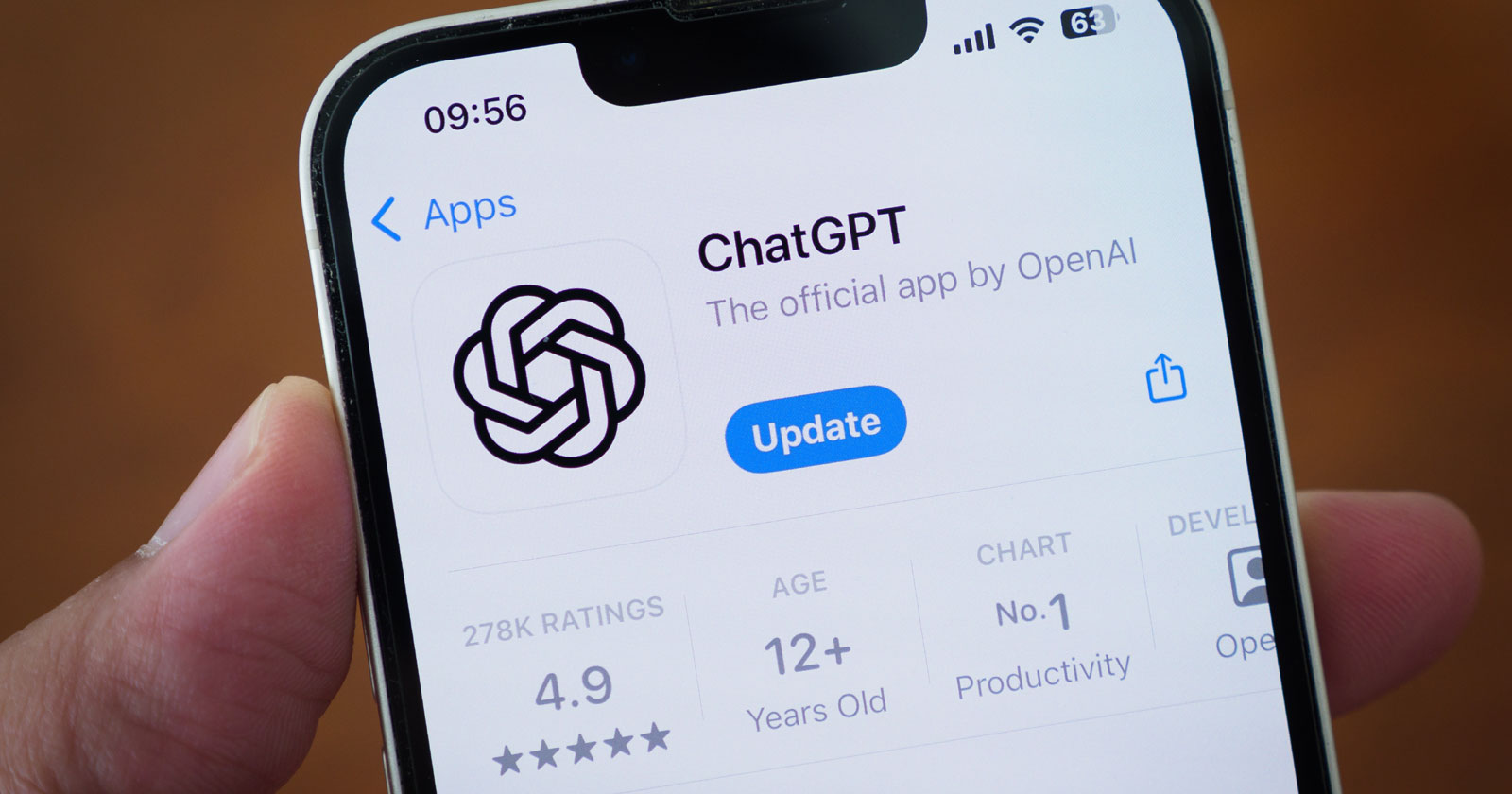


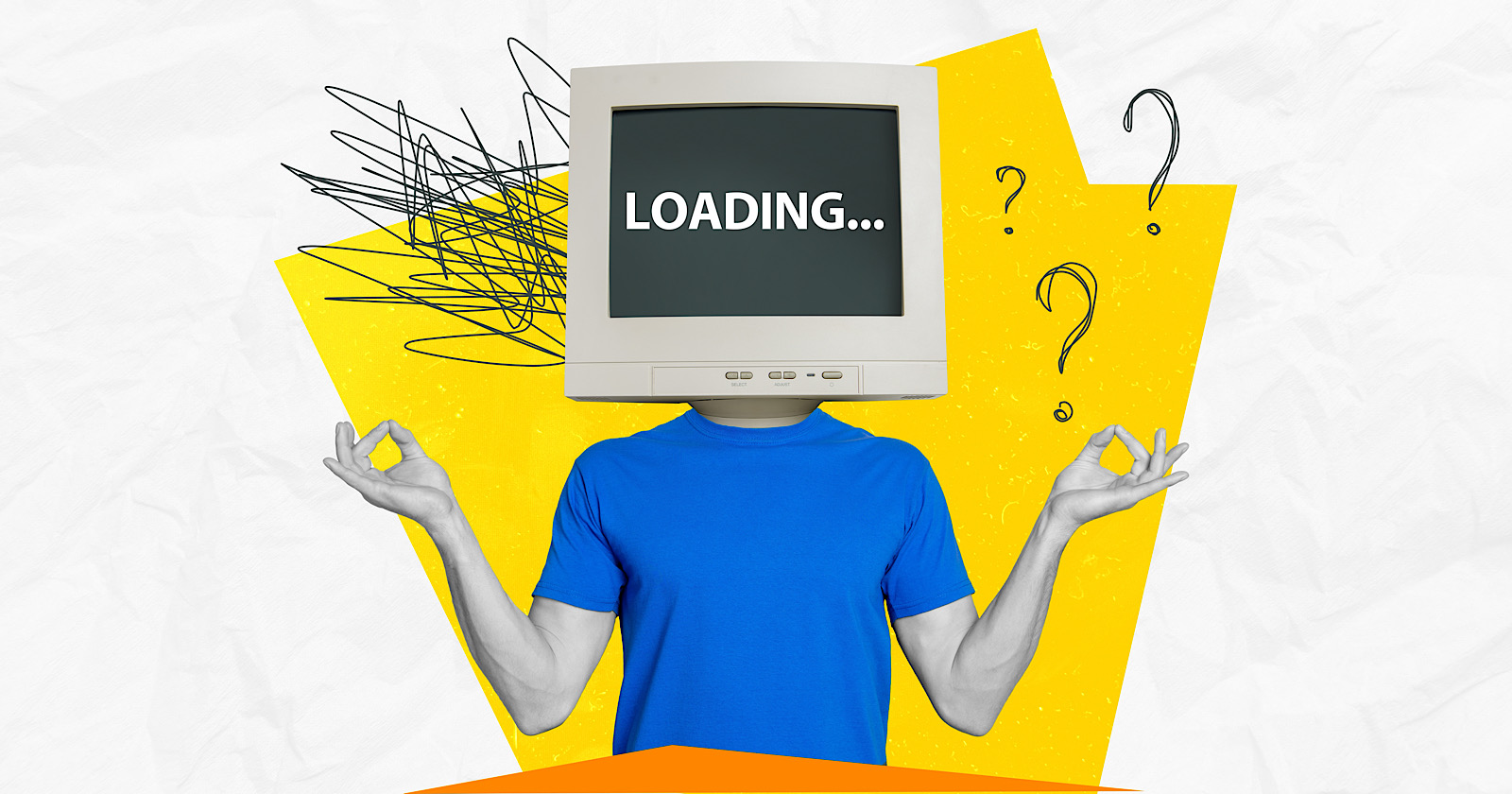


















![The 11 Best Landing Page Builder Software Tools [2025]](https://www.growthmarketingpro.com/wp-content/uploads/2024/04/best-landing-page-software-hero-image-1024x618.png?#)




































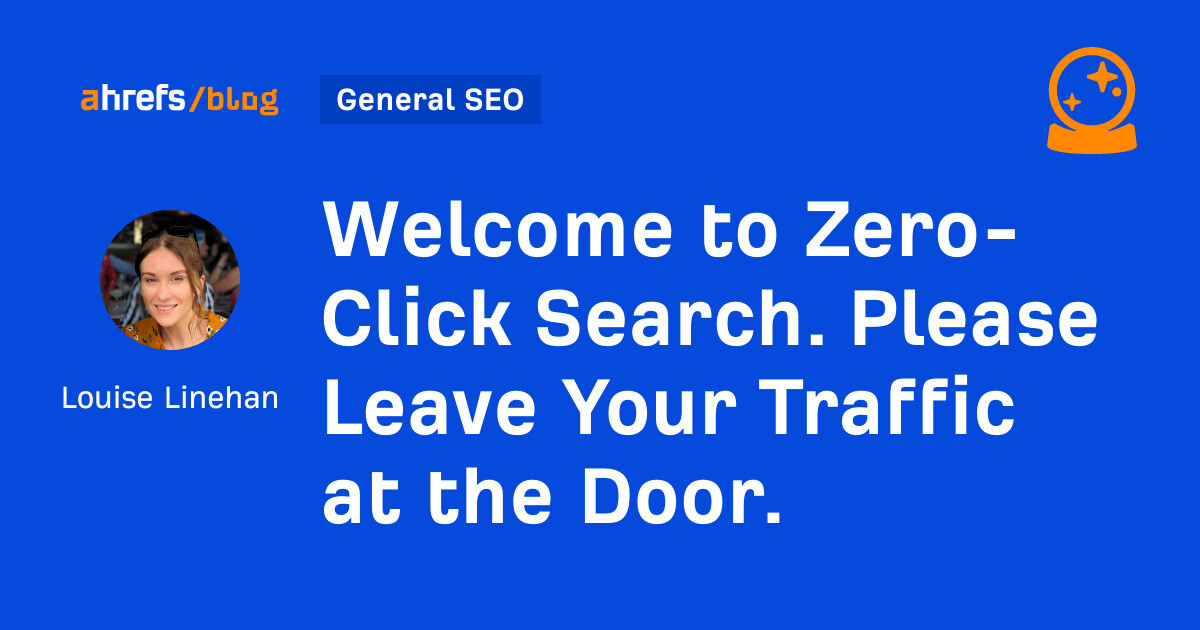

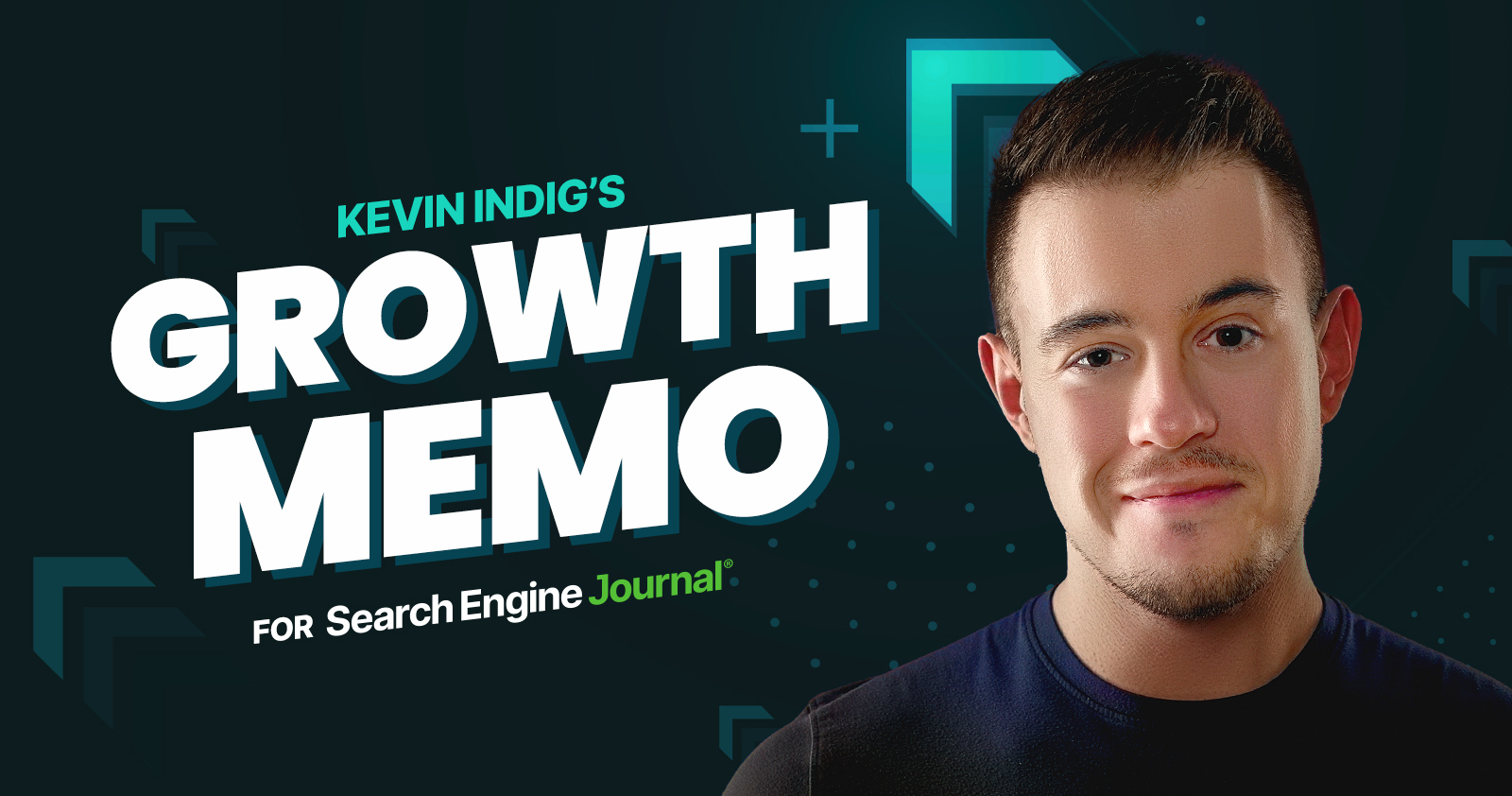

![How to Create an SEO Forecast [Free Template Included] — Whiteboard Friday](https://moz.com/images/blog/banners/WBF-SEOForecasting-Blog_Header.png?auto=compress,format&fit=crop&dm=1694010279&s=318ed1d453ed4f230e8e4b50ecee5417#)
![How To Build AI Tools To Automate Your SEO Workflows [MozCon 2025 Speaker Series]](https://moz.com/images/blog/banners/Mozcon2025_SpeakerBlogHeader_1180x400_Andrew_London-1.png?auto=compress,format&fit=crop&dm=1749642474&s=7897686f91f4e22a1f5191ea07414026#)

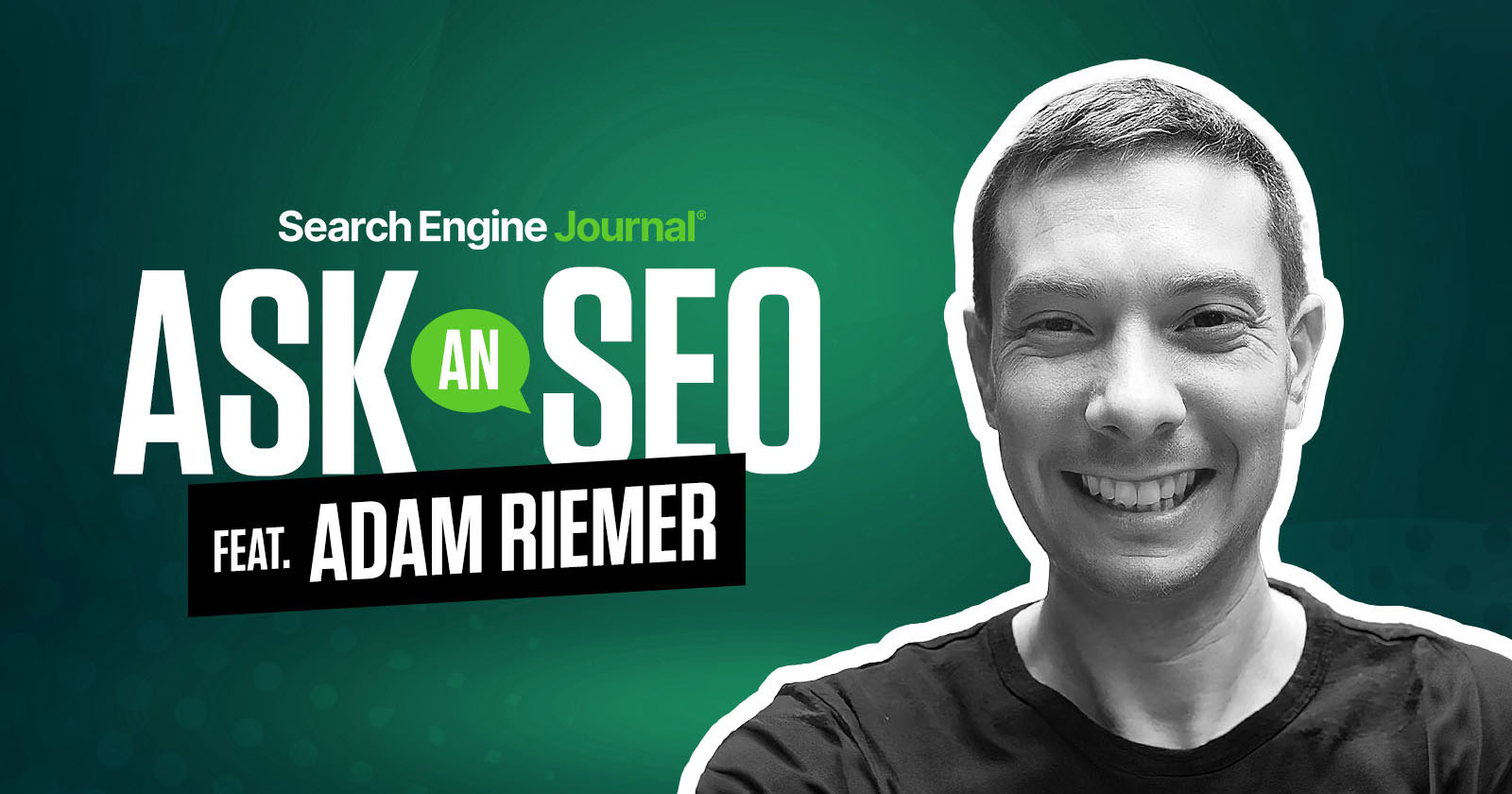








![Websites Using AI Content Grow 5% Faster [+ New Research Report]](https://ahrefs.com/blog/wp-content/uploads/2025/06/websites-using-ai-content-grow-5-by-ryan-law-data-studies.jpg)

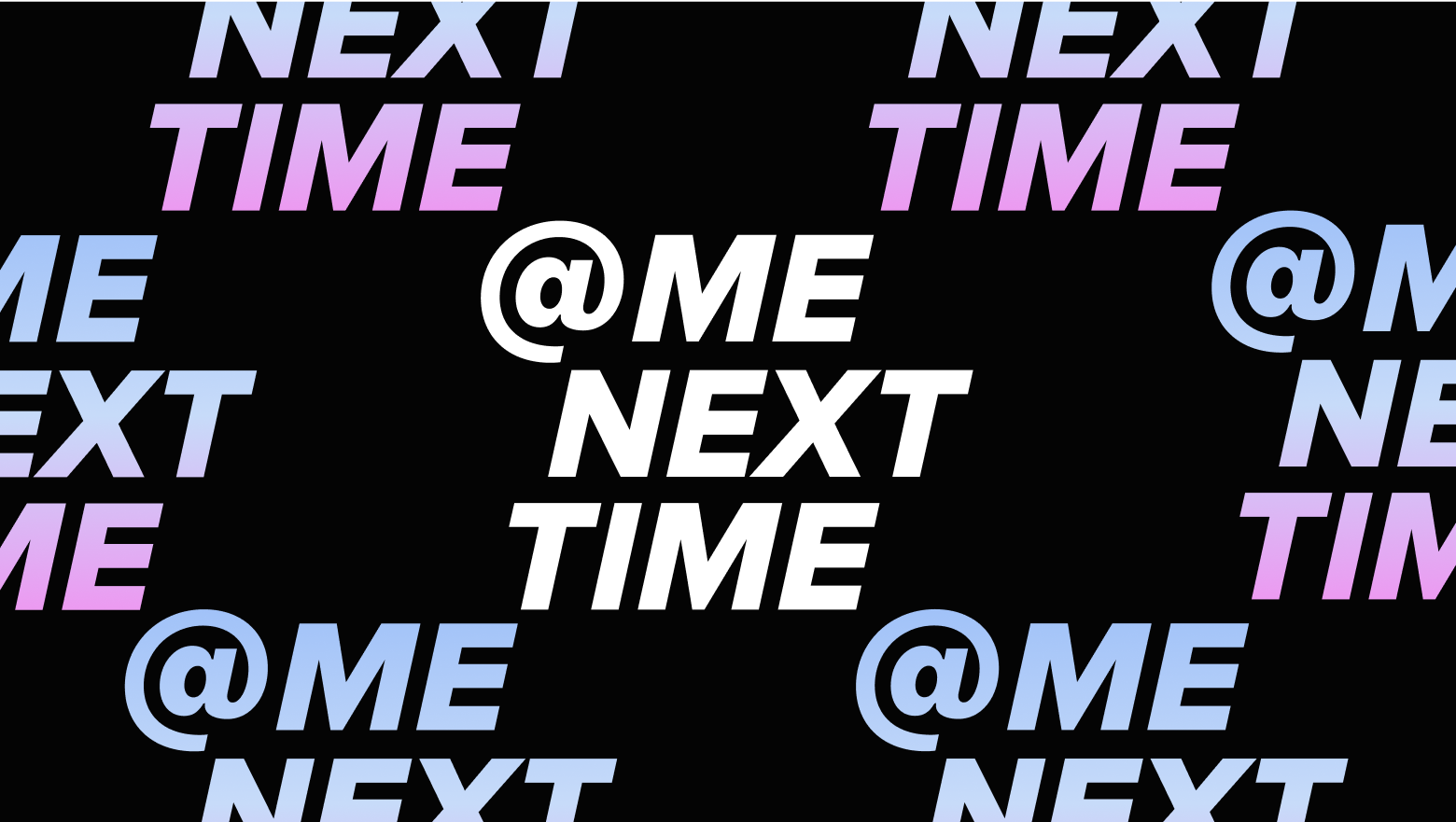

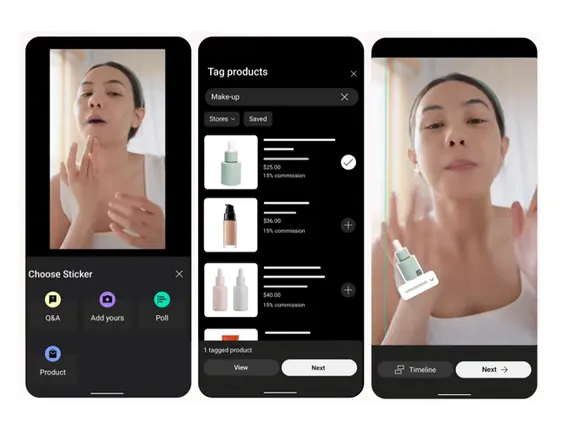








![Brand pitch guide for creators [deck and email templates]](https://blog.hootsuite.com/wp-content/uploads/2022/06/brand-pitch-template.png)




![AI in content marketing: How creators and marketers are using AI to speed up & succeed [data]](https://www.hubspot.com/hubfs/Untitled%20design-Apr-07-2023-08-24-35-4586-PM.png)








